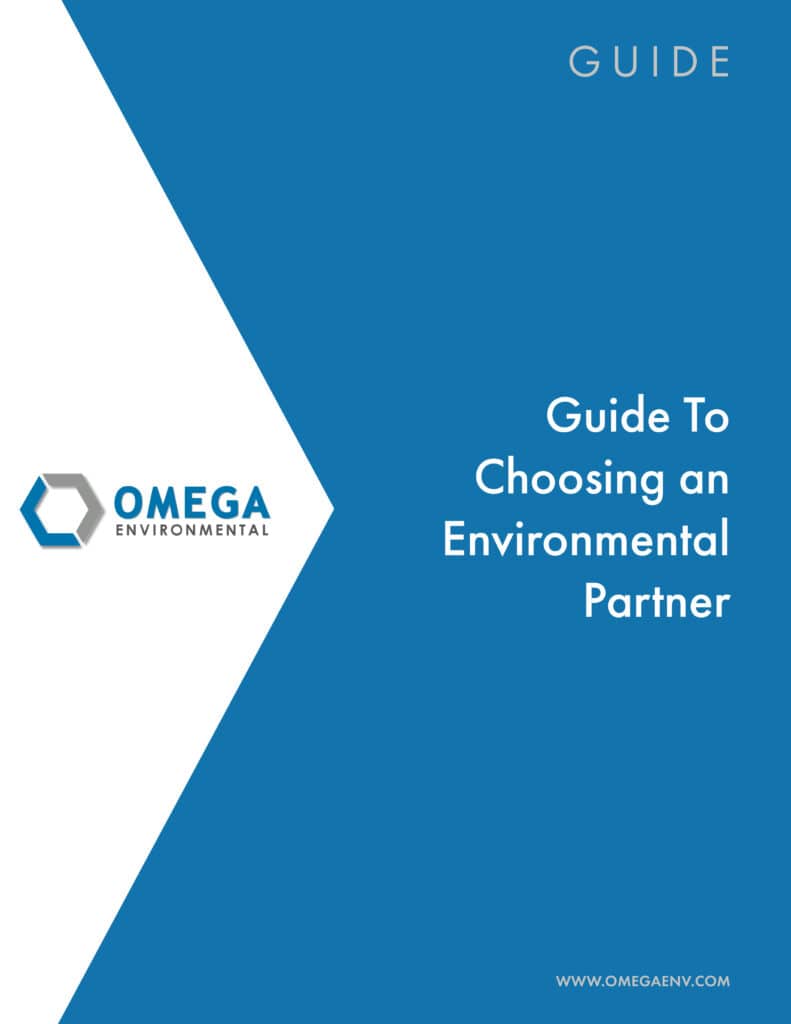Biological Agents Risk Assessments

Exposure to biological hazards can pose a serious risk to your employees and your business.
Omega offers assessment, mitigation, and remediation services for biological agent exposure in the workplace, as part of our suite of comprehensive industrial hygiene services.
Evaluating the potential exposure to biological agents is critical to maintaining the health and safety of employees across industries.
Biological agents are classified as viral, bacterial, fungal, or other pathogenic agents that can negatively impact the safety and health of employees, building occupants, and the public.
The United States Environmental Protection Agency (EPA) and Federal Occupational Safety and Health Administration (OSHA), the National Institute for Occupational Safety and Health (NIOSH), and the Centers for Disease Control and Prevention (CDC) carefully monitor biological agents within work environments to ensure the safety of employees.
While medical and food industries face stricter regulations, all employers need to ensure their work environments are free of harmful biological agents. Among the biological agents and hazards listed by OSHA are:
- Viruses, such as COVID-19, hantavirus, Ebola, and more
- Disease-causing bacteria linked to anthrax, measles, and more
- Mold spores, fungi, and other plant toxins such as ricin
- Other bloodborne or airborne biological pathogens
Assessing risk of exposure to biological pathogens includes testing of air, surfaces, machinery, safety protocols, and more, estimating or measuring the concentration, frequency, and duration of exposure to the agent, as well as its source and pathway.
Regulation of Biological Agents
OSHA carefully monitors exposure to biological agents, monitoring outbreaks and tracking incidences of exposure to mitigate risks to the public, as well as employees.
Biological agents adversely affect human health in a variety of ways, ranging from relatively mild, allergic reactions to serious medical conditions, injury, hospitalization, and even death. Due to the virality of many pathogens, regular assessment can mitigate the risk of an outbreak within your work environment.
A Biological Risk Exposure Assessment
Assessing an environment for biological risks can include assessments of current safety protocols and procedures, air quality testing, disinfection and other prevention strategies, and more. A professional partner will perform a comprehensive evaluation to identify the type and concentration of any biological agents present.
At Omega Environmental, our team of industry toxicologists, microbiologists, and certified industrial hygienists work closely with you to address concerns of biological risks, as well as chemical and physical risks, and provide recommendations and programs for mitigation and remediation.
Our team closely follows OSHA regulations and guidance to determine the safety of a workplace environment. Our top priority is ensuring the health of your workplace.
How to Determine if You Need an Assessment for Biological Agent Exposure
Exposure to biological agents can occur in any industry – and any work environment. While food manufacturing and medical industries face tighter regulations regarding biological agents, assessments can help prevent potential risk in any industry.
An assessment can help you determine the type and severity of the risk, as well as ways to prevent injury. There are a variety of reasons to undertake a biological agent exposure assessment of your workplace, including:
- A workers’ compensation claim
- Employee reports of sickness or injury
- Introduction of a new biological agent or process
- To create a documented record of safety practices
Contact us to learn more about our biological agent assessment services






